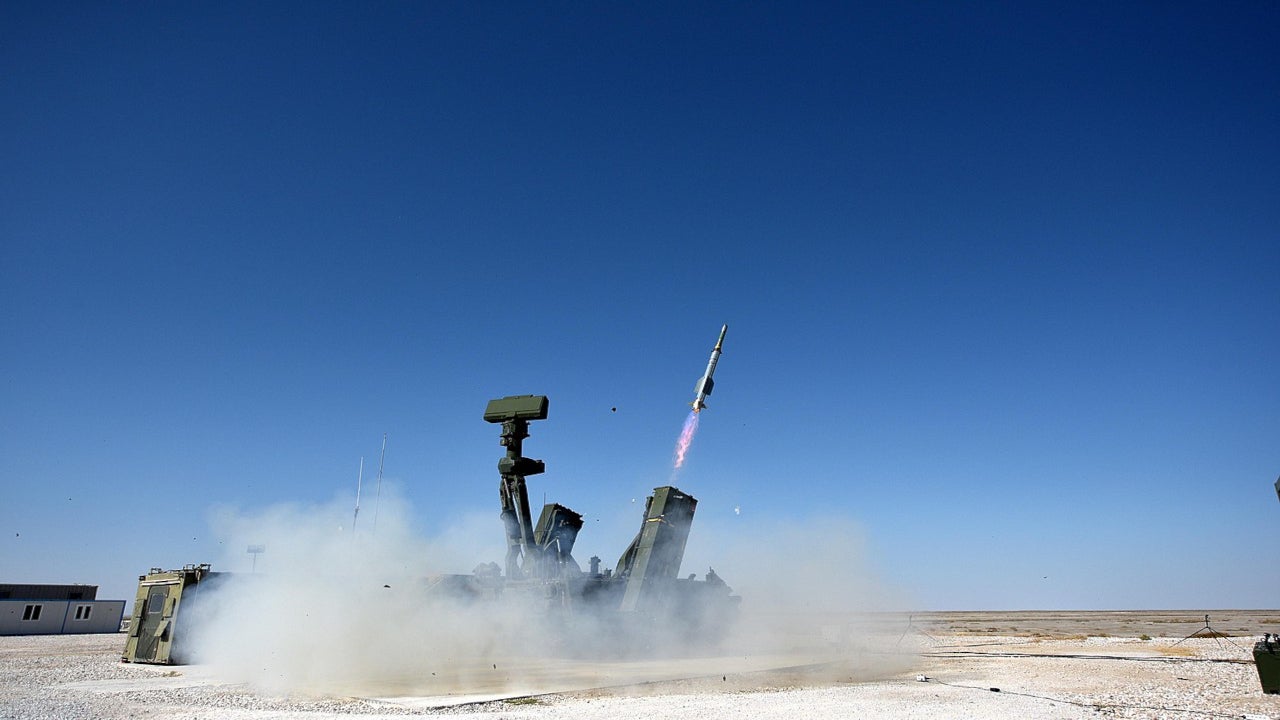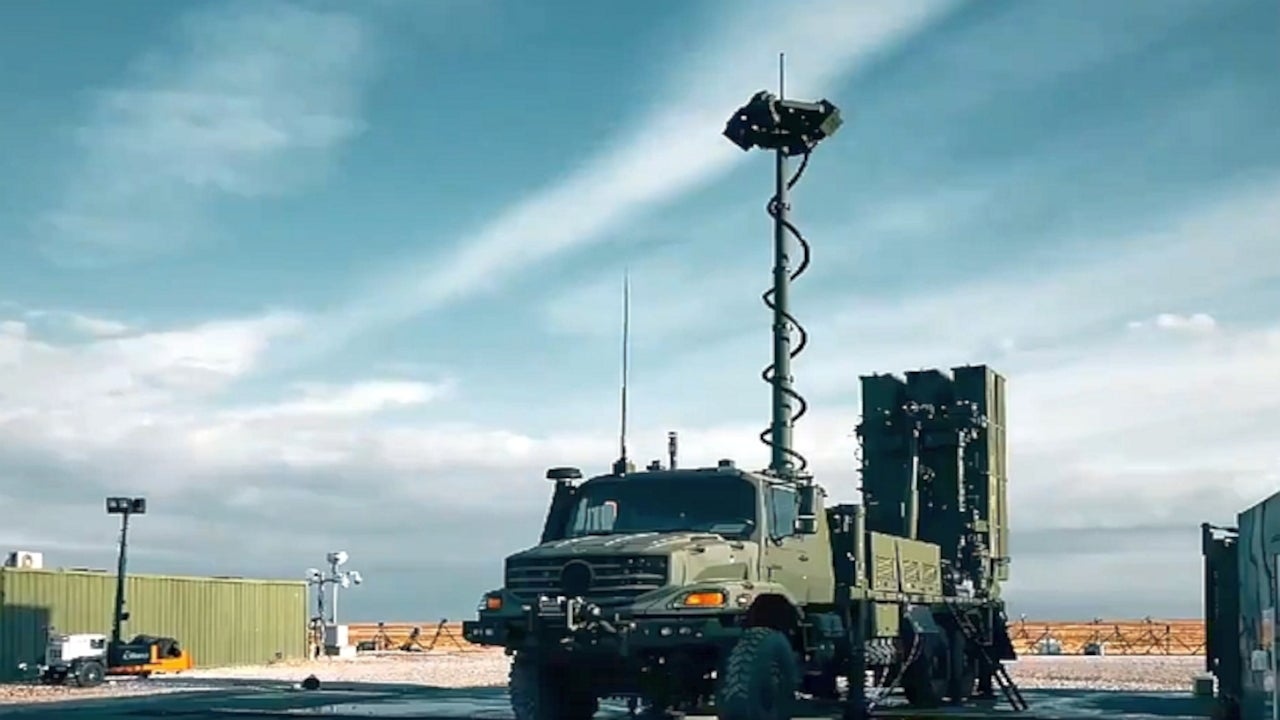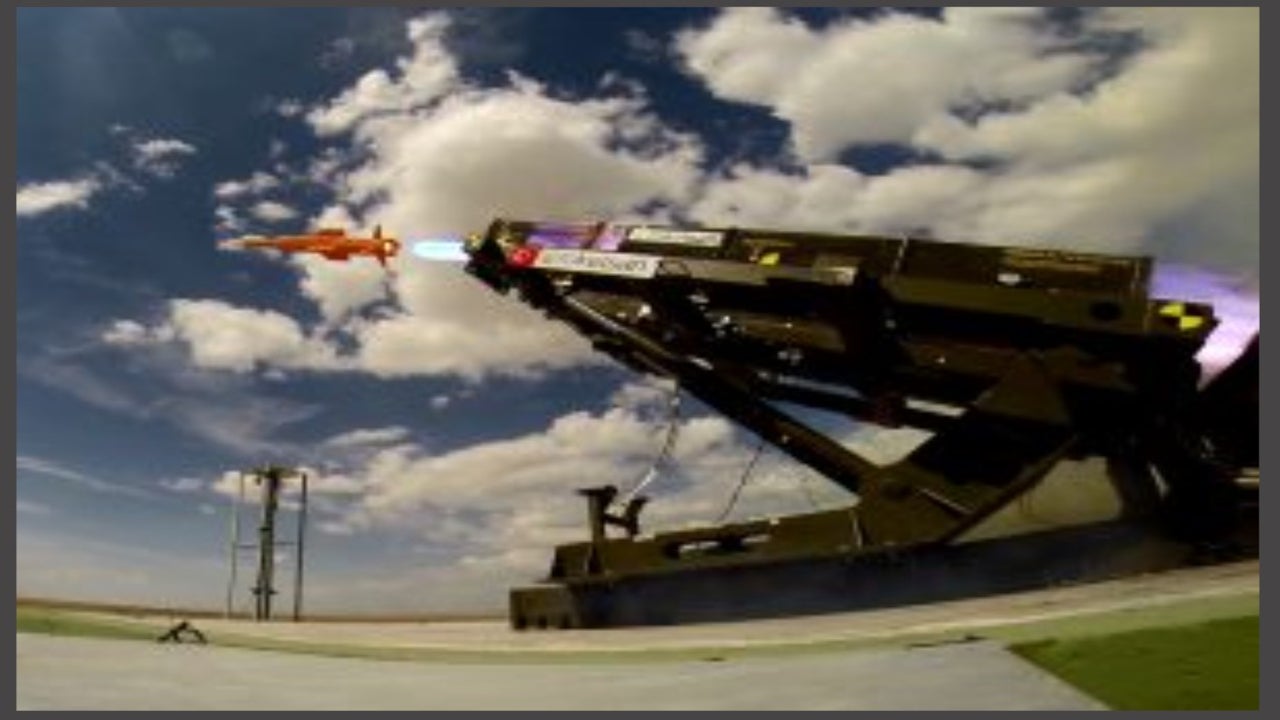HISAR-A+ is an upgraded version of the HISAR-A low-altitude air defence missile system developed by Turkish defence companies Aselsan and Roketsan for use by the Turkish Armed Forces.
HISAR-A+ is an advanced short-range autonomous air defence system that can defend moving and stationary assets including troops and military bases from aerial threats such as fighter aircraft, helicopters, unmanned aerial vehicles (UAVs), cruise missiles, and air-to-surface missiles.
HISAR-A+ system is a part of the medium and long-range Hisar air defence system family. Aselsan was responsible for the development of the system components, while Roketsan developed the missile.
HISAR-A and HISAR-A+ development
The HISAR-A air defence missile system project forms a part of Turkish air defence programme HISAR.
The design and development contracts worth €193m ($282.3m) for a low-altitude air defence missile system (AIHSFS/HISAR-A) were signed between the Presidency of Defence Industries (SSB) and Aselsan in June 2011.
The ballistic test missile (BTM) firing test, the first flight test for the HISAR-A project, was conducted in October 2013. Roketsan performed the controlled test missile-1 (CTM-1, autopilot control) and ballistic test missile-2 (BTM-2, dual pulse rocket motor capability) firing tests in Aksaray Test Range in June 2015. The company also conducted multiple flight/firing tests for the HISAR-A system between 2016 and 2018.
In October 2019, the prototype missile with highly effective live warheads similar to tactical configuration was successfully test-fired against high-speed live targets. The HISAR-A missile approached the Banshee Jet 80 target aircraft travelling at about 600km/h, using its IIR seeker, and successfully destroyed it by detonating its warhead. The system entered the serial production phase after this final test.
The HISAR-A+ system entered the mass production phase in December 2020 following the successful final trials of the system. It was successfully test-fired in Aksaray and inducted into the Turkish Armed Forces in May 2021.
Design and features
The modular HISAR-A system is equipped with four ready-to-fire missiles. It has a fighter tracking range of more than 25km and a system inception range of 15km. The missile integrates a dual-stage rocket motor and ensures high-explosive particle activity.
The upgraded HISAR-A+ version has a prevention range of 15km and a prevention altitude of 8km with 3600 engagement capability. The system can strike six targets at a time. It integrates state-of-the-art technology with open hardware and software (HW/SW) architecture for using future technology.
The system features a search radar, identification friend and foe (IFF), infrared sensors, laser range finder, data link, vertical launcher, and bi-pulsed air defence missile with IIR seeker.
The missile system is mounted on a self-propelled armoured vehicle and can operate during the day, night, and adverse weather conditions. The tracked carrier allows coordinated operations with manoeuvre forces. The vehicle can travel at a maximum speed of 65km/h on road.
Command and control of HISAR-A/HISAR-A+
The air defence missile system can operate autonomously with 3D Aselsan mobile search radar (MAR), electro-optic system, command and control, and fire control system.
The missile system features a command and control system for platoon-level coordinated operation, interface for high-level echelons, positioning and navigation system, and ballistic protection as well as nuclear, biological, and chemical protection.
It has an intermediate-stage infrared imager with inertial navigation and data link terminal guidance with a seeker cap.
The system can identify, detect and target threats with the capability to distinguish between friend and foe. It can engage multiple targets and perform successive firing.
Contractors involved
Tubitak SAGE developed the warhead for the missile system, while Meteksan Savunma is the supplier of the data link.
Other major contractors involved in the HISAR air defence missile programme include FNSS, Koluman, Savronik, YALTES, and SDT.






